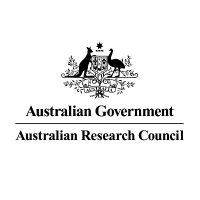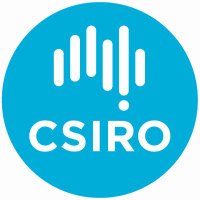
Monash Astrophysics
@monashastro
Monash Astrophysics researchers study the universe from their secret lair deep in Melbourne's south-east suburbs
ID: 800989928737751040
https://www.monash.edu/science/schools/physics 22-11-2016 09:10:55
384 Tweet
722 Takipçi
108 Takip Edilen

Today we had our beyond third year event, to encourage undergraduate students to consider further study in physics and astronomy. 🪐🔭 Students mingled with potential supervisors and we are looking forward to welcoming them next year! ✨ Monash Science


In a world where space exploration and planetary defence are becoming increasingly critical, graduates like Mark Fittock play a vital role in shaping the future. Find out about Mark's involvement in the early phases of European Space Agency's Hera mission 🚀 monash.edu/science/news-e…



Congrats to Dr Cameron Bentley Monash Chemistry and Dr Hoaran Ren Monash Astrophysics on both winning the Faculty Award for Research Excellence by an ECR 👏👏 Learn more about the #MonashScienceAwards 👉 monash.edu/science/awards









Published in nature today, researchers, using tools pioneered by astrophysicists led by Monash Astrophysics A/Prof. Amanda Karakas, calculated that it took the Sun 10-20 million years to form. #StellarEvolution Read more👇 monash.edu/science/news-e…

With the Leonid meteor shower expecting to hit peak visibility next week, Monash Astrophysics Associate Professor @MJIBrown shares with 9News Australia on how, when and where to catch a glimpse of the annual event ☄️ 9news.com.au/national/leoni…



Today our first year astros did some solar observing 🌞 Lucky for them the Sun is near the peak of its 11 year cycle so we were able to spot some beautiful Sunspots. 🔭😮 Swipe to see them for yourself! ➡ Monash Science #sun #telescope












